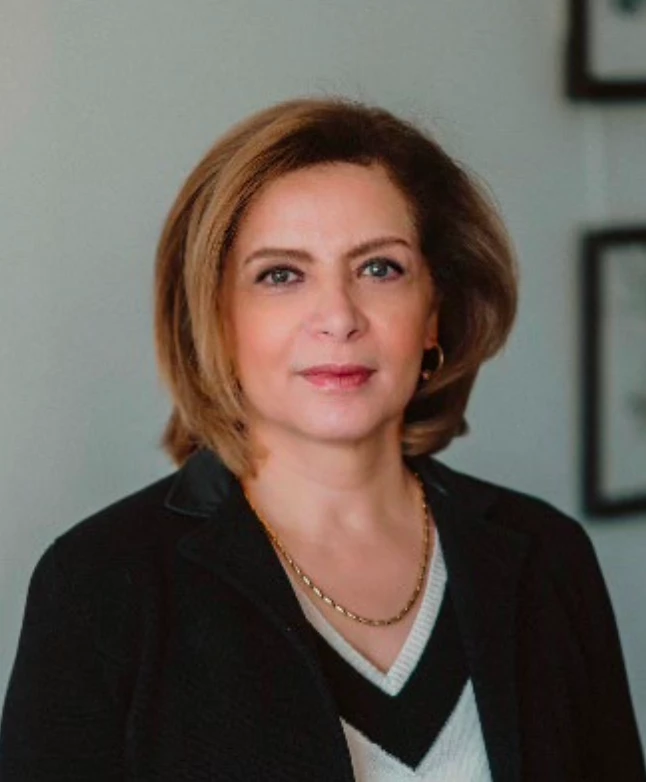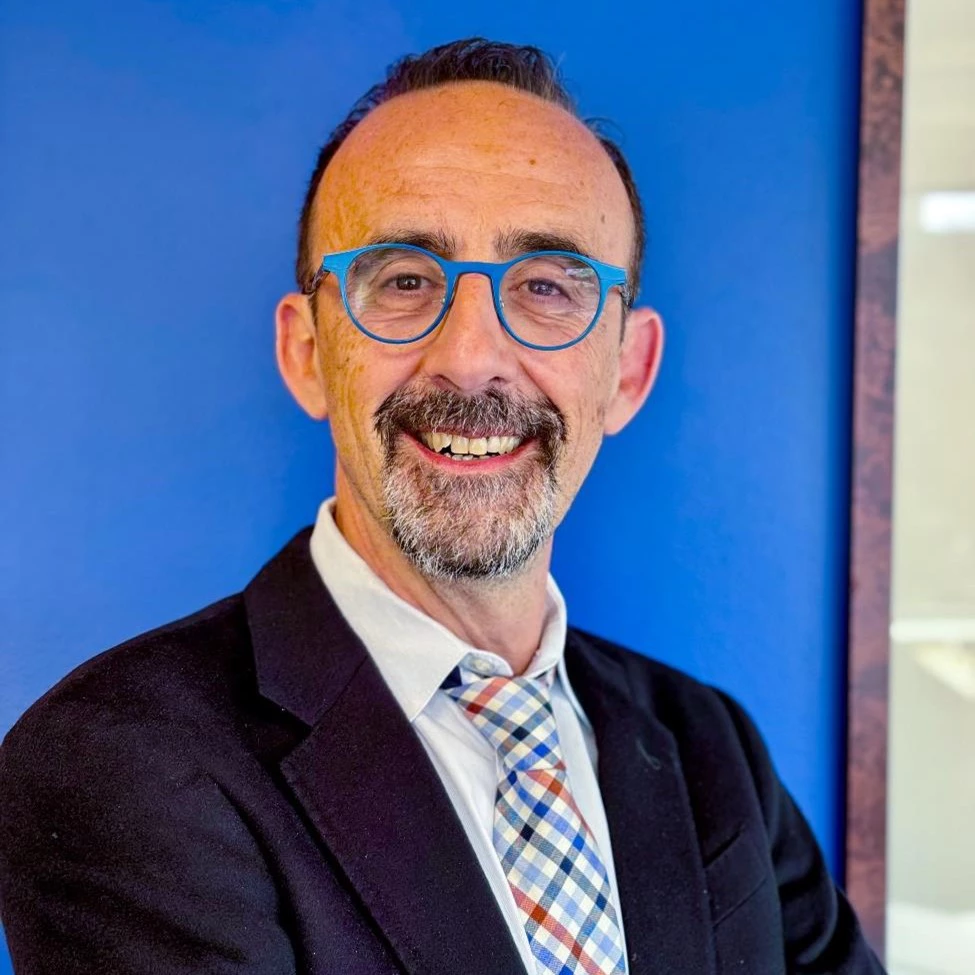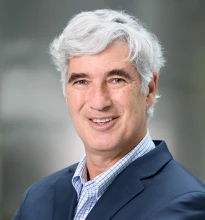 Young girls in front of their home in Erg Chebbi, Morocco. (Shutterstock.com/TLF Images)
Young girls in front of their home in Erg Chebbi, Morocco. (Shutterstock.com/TLF Images)
This is the first in a series of blogs on efforts to improve early childhood development (ECD) in Morocco. In this edition, we introduce the Government’s flagship ECD program.
Something very special is happening in Morocco. In 2018, the Kingdom of Morocco made a bold commitment to scale-up investments in early childhood development (ECD), focusing on rural areas. In just five years, the preschool enrollment rate has increased from 45 % to 76 %. A new community health model is improving access to maternal and child health and nutrition services in rural areas, and an innovative social and behavior change communication (SBCC) strategy was developed to improve nutrition during a child's first 1,000 days (the first two campaigns reached more than 13 million people each).
The evidence on the importance of investments in children’s early years is incontrovertible. We know from brain science and economic research that investments in ECD yield lifelong impacts for individuals and have transformational impacts for societies and economies. But knowing and doing are two different things. What can we learn from Morocco’s success?
The National Initiative for Human Development (INDH) in Morocco
In 2005, the King of Morocco launched the National Initiative for Human Development (INDH) to improve living conditions for poor and vulnerable groups. With a mandate to innovate, INDH is housed in the Ministry of the Interior and serves as an incubator and change management agent; once approaches are tested and proven, line ministries and local government take over the work.
INDH is working with local governments and communities to support families with comprehensive services. Morocco announced ambitious commitments, including reducing maternal and child mortality and morbidity in rural areas, and achieving 100 % pre-primary enrollment for all 4–5-year-olds by 2027.
To achieve these ambitious aims, INDH collaborated with the Ministry of Health and Social Protection, the Ministry of National Education, Preschool and Sports, and with local governments to deliver innovative programs.
Scaling up preschool in rural areas
INDH incubated a public-private partnership to scale up preschool in rural areas. The Ministry of National Education, Preschool, and Sports sets standards and monitors the quality of preschools, while non-profit associations, such as Fondation Marocaine du Préscolaire (FMPS) and Fondation Zakoura, are contracted to serve as umbrella providers, working with local NGOs to train preschool educators and run quality preschools. This approach has worked remarkably well: the pre-primary enrollment rate in rural areas has increased from 33 % in 2017 to 91 % in 2024, and the gender disparity in access has been eliminated. More than 9,000 new preschool educators have been recruited and trained, and children’s early learning outcomes are being regularly monitored. This is a remarkable scale-up in a short period of time, along with an impressive emphasis on quality.
Changing community behavior on health and nutrition
To close the gap in access to maternal and child health and nutrition services, an innovative, community-based health and nutrition model was developed. It relies on the coordination of three actors: rural health centers, community maternity structures called “Dar Al Oumouma,” and community health workers. More than 500,000 women and children were referred to care, and a scale-up strategy has been developed following an in-depth assessment of the pilot phase.
An evidence-based social and behavior change communication (SBCC) strategy was also developed on the importance of optimal nutrition in the first 1,000 days of a child's life. The first two campaigns reached over 13 million people each through television, radio, social media, and local press, with over one million beneficiaries attending group counseling sessions. Post-campaign surveys showed strong memorization among the target audience and improved intentions.
Establishing mechanisms to strengthen monitoring and evaluation
The INDH has also developed a platform to support planning, monitoring, and decision-making at the local level for ECD services. This platform will allow decision-makers to collect data to identify human development priority needs, prepare evidence-based provincial human development plans, and allocate financing to address the identified priorities.
So, what were the factors behind these successes? Three major things:
- Innovation and incubation for sustainability. With the launch of its third phase, INDH adjusted its approach to become a locus of innovation for public policies to promote human development. It became more agile, took more risks, piloted innovations, and rigorously assessed impact and adjusted when needed, all with the goal to transfer ownership to other government agencies over the long term.
- Visibility and convening power. INDH has a strong capacity to convene, influence, and deliver. INDH promotes coordination, coherence, and synergies and a whole-of-government approach at national, regional, and local levels.
- Emphasis on quality, measurement, and evaluation. INDH invested significant resources to assess the quality of pre-primary classrooms and measure learning outcomes for young children. Similarly, quantitative and qualitative data and evidence have been the foundation of the SBCC strategy, and assessment of the pilot phase has led to improvements in the community health and nutrition scale-up strategy.
Supporting Morocco in realizing these successes, the World Bank provided a $450 million loan to support the Government’s incredible efforts through the Improving Early Childhood Development Outcomes in Rural Morocco Program, and technical support through the Support to Human Capital Development in Morocco Program, working with the Government to design and pilot approaches and to develop tools and systems to monitor quality. The World Bank is committed to supporting this incredible work, which will better equip the next generation.





Join the Conversation